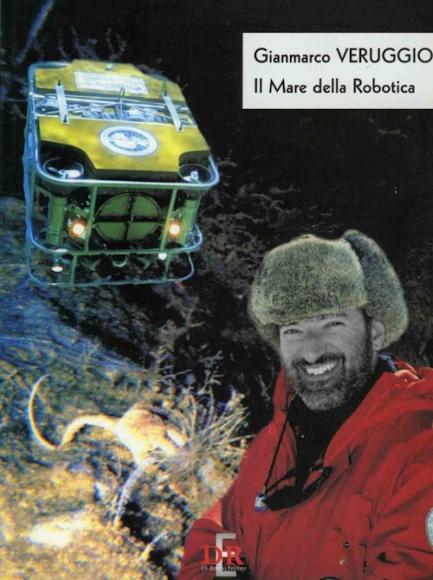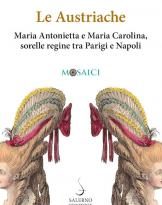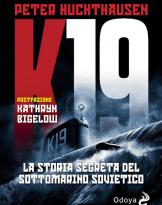Gianmarco Veruggio
Di Renzo Editore, Rome 1999
pagg.109
Gianmarco Veruggio is currently the CNR research manager and head of the Genoa office of the Institute of Electronics and Information and Telecommunications Engineering. Approaching robotics in the 1989, he was director, up to 2002, of the RobotLab of Genoa.
In this essay, written about twenty years ago, the author tells his experience in the world of robotics, starting from Leonardo da Vinci, who was the first to think of a robot, and passing through Isaac Asimov, who enunciated the three laws of robotics in the 1942. Since then it was a succession of films and science fiction novels that had in the robot (a word that derives from the Slavic "robota" that is servo, aide in work and that it was used for the first time, in the 1921, in a Czechoslovak theatrical piece by Karel Capek) the main protagonist in the most disparate environments, from space, to the earth to the depths of the sea depths. But clearly this type of machine is not the object of this book.
It starts from the fundamental concepts, with the description of the main features that make up the machine scheme (perception, model of the world, evaluation, action), to enter the specific marine environment, referring to the design "Not to a diver but to a marine animal, precisely because the reference framework that was needed was that of an organism that has developed for millions of years at sea, not of the human being who has been trying to readjust to an environment that is no longer his. "
The obstacles to overcome are of various types, from the protection of the system with an absolutely watertight container, to having to withstand very high pressures, to the buoyancy. "For a robotic designer who wants to get into trouble, the best way is to place his machines in environments full of circumstances that are difficult to predict and manage." And, forwarding us in the story of the experience of Verruggio, we understand that he was "in trouble" if not a few were sought. But his troubles have certainly solved the problems of many others.
"The sea remains a hostile and dangerous environment for human life [...]. All that remains is to operate by proxy, sending to explore the sea floor robots designed to survive and work where the risk to human life would be too high: this is the purpose of the Marina Robotica. " Philip 17, Roby, Roby 2, Romeo, these are the names of the robot family born, since 1990, the genius of the author of this essay and his collaborators. These are ROV (ie controlled by an umbilical cord) and not by AUV (ie without the cord and suitable for long-range exploration).
In the 1993 Roby 2 was baptized in the waters of Antarctica. In the 1997, it was Romeo's turn to plunge into the icy waters of Terra Nova Bay. If Roby 2 made fifteen dives in a hundred days, Romeo arrived at seventy-five missions in one hundred and thirty-four days. A real success given the extreme conditions and the impossibility of knowing, a priori, the effects on mechanical and electronic parts. The excellent result of this design, as seen in the pages of the book, is due above all to the enthusiasm and the harmony of a team. Furthermore, as Verruggio claims, it is important that there is always maximum coordination between robotic researchers and machine users.
"The designer has to study the machines that solve real problems and not toys that are useful only to their beloved or write specialized publications. The user must collaborate, making some effort to adapt to new and more powerful ways of working or thinking. A bicycle can be used to make less effort or to go farther, but you must first learn to balance yourself. "
At the end of the story of this experience, could not miss an exhortation to young people to devote themselves to a discipline, Robotics in fact, for which "It is necessary to employ instruments of different disciplines, in a rigorous, coherent, creative form, but above all to be moved by a great desire to overcome the existing one to go in search of one's own limits."
Roby 2 is currently exhibited at the National Antarctica Museum in Genoa.
Gianlorenzo Capano












